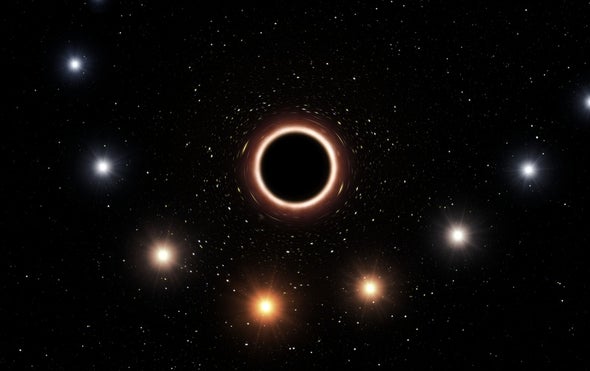Milky Way's Black Hole Provides Long-Sought Test of Einstein's General Relativity
An observation decades in the making confirms predictions about how light behaves in an immense gravitational field

Astronomers have caught the giant black hole at our galaxy’s centre stretching the light emitted by an orbiting star—nearly three decades after they first starting tracking the star. The long-sought phenomenon, known as gravitational redshift, was predicted by Einstein’s general theory of relativity, but until now it had never been spotted in the environs of a black hole.
“It’s another big step in getting closer to understanding the black hole,” says Heino Falcke, an astronomer at Radboud University in Nijmegen, the Netherlands, who was not involved in the research. “This is just amazing, to be able to see these effects.”
No comments:
Post a Comment